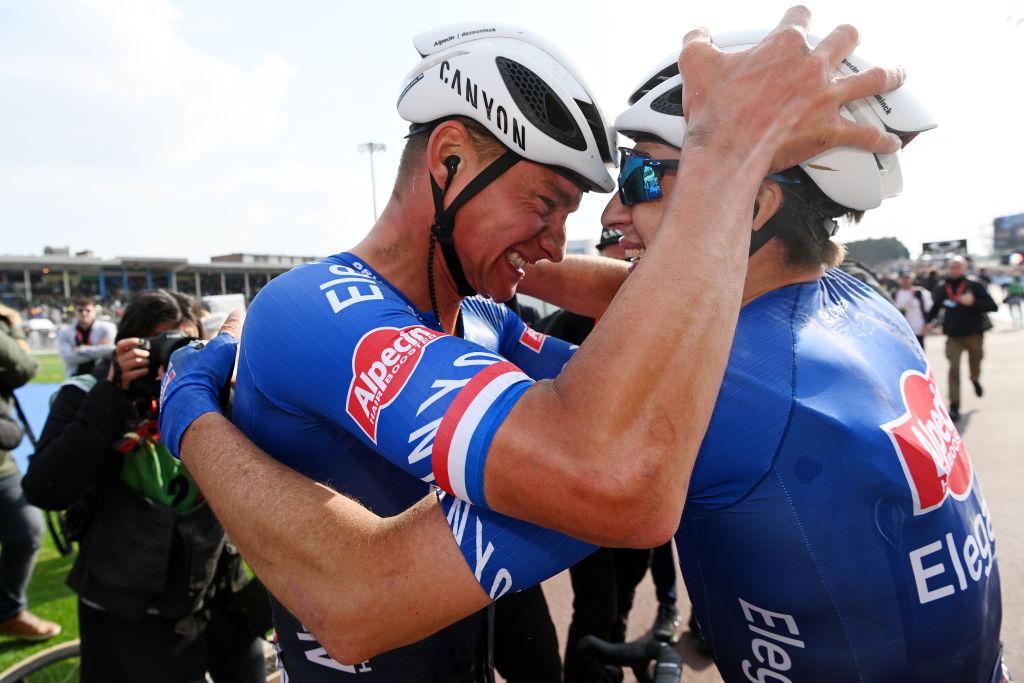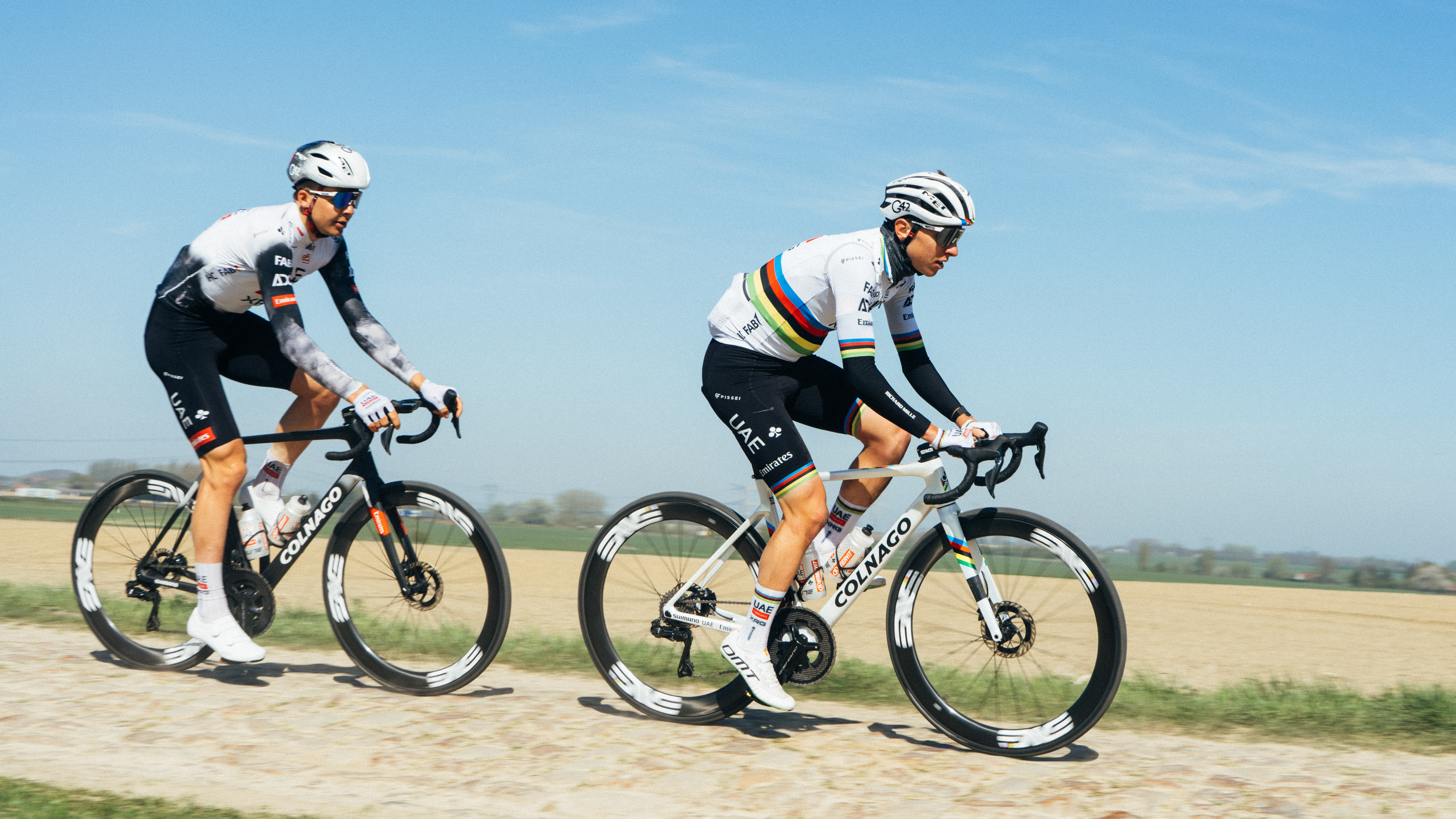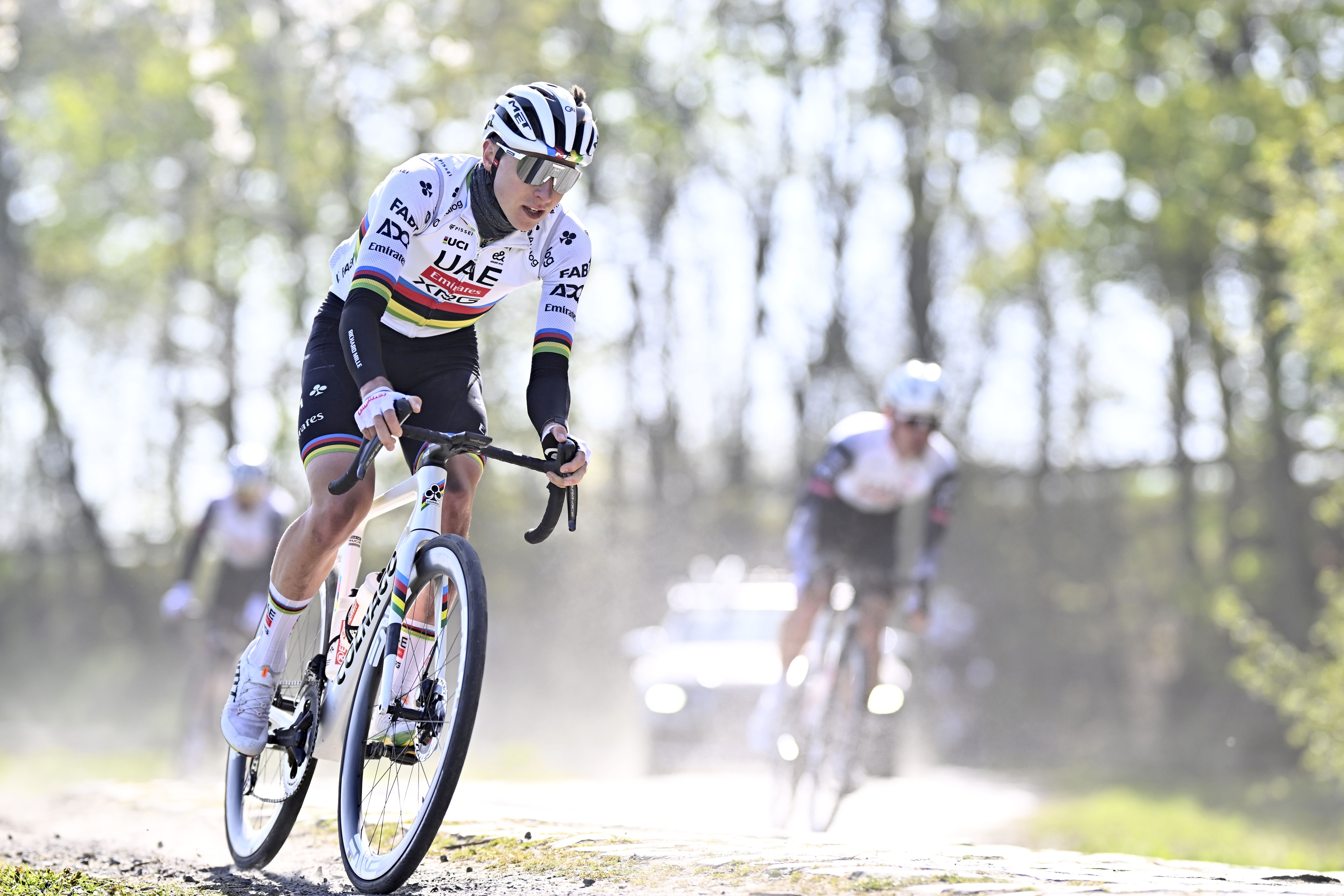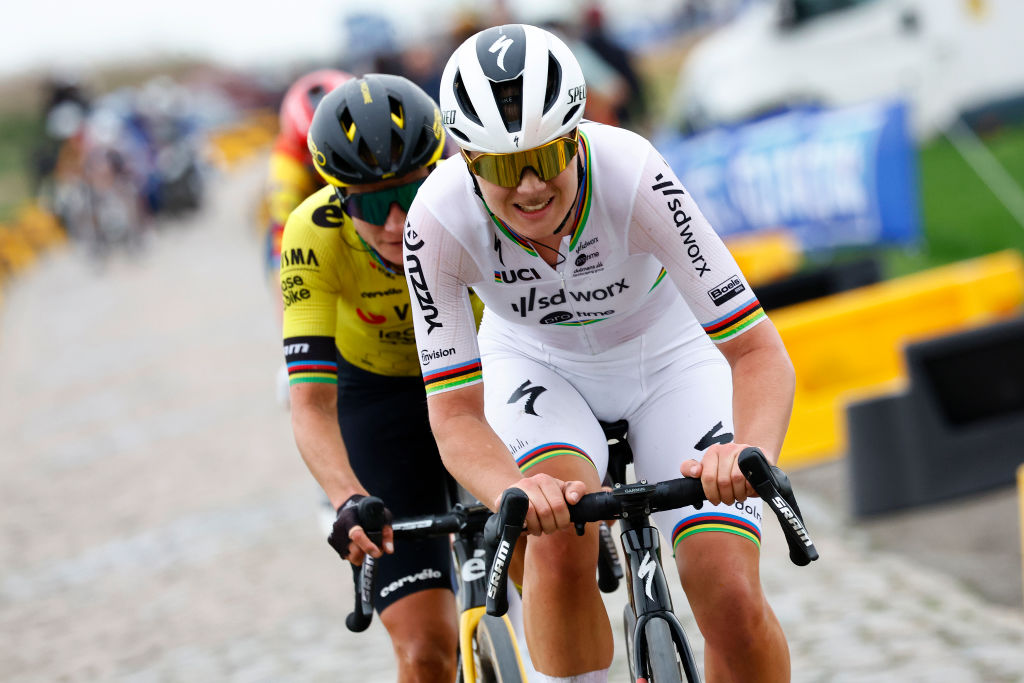Milan-San Remo: Mathieu van der Poel ignites Poggio descent for solo victory
Dutchman powers ahead of Ganna and Van Aert with Pogacar in fourth

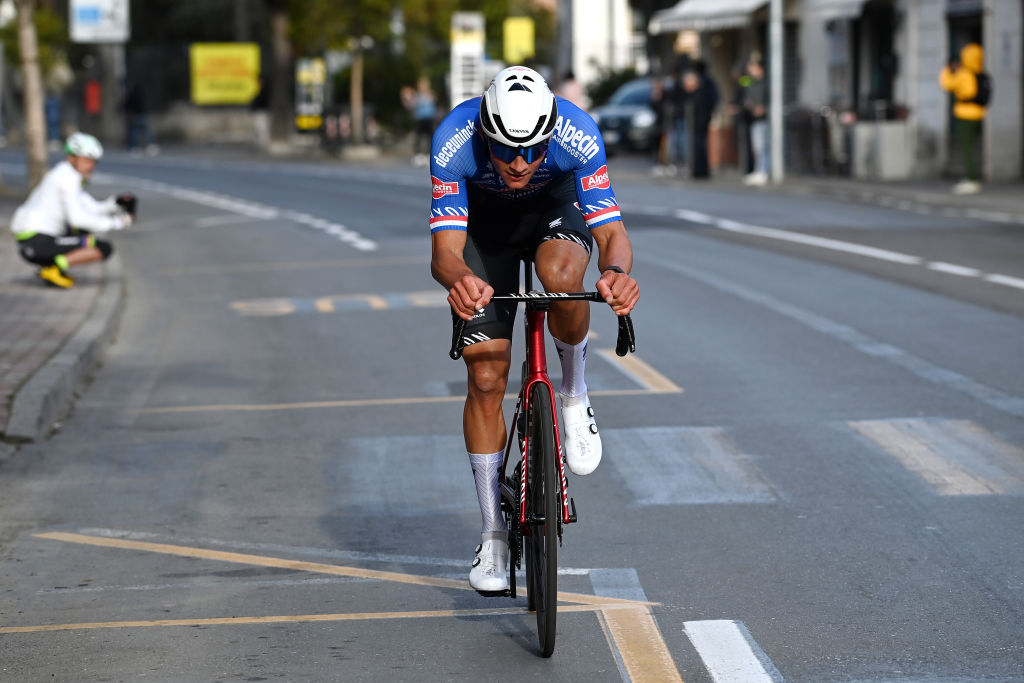
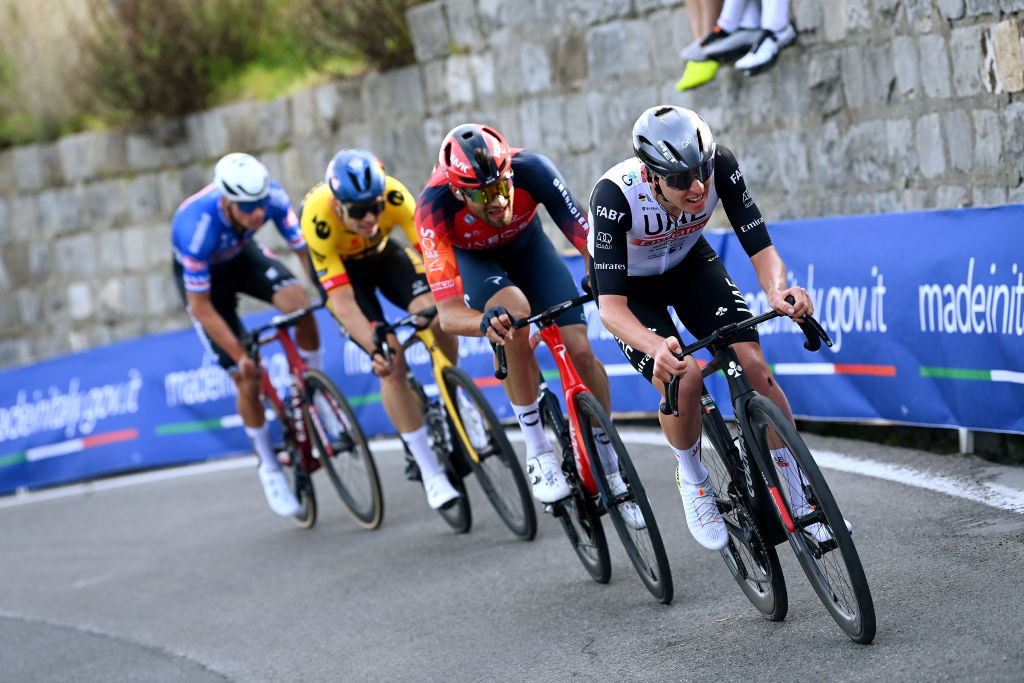
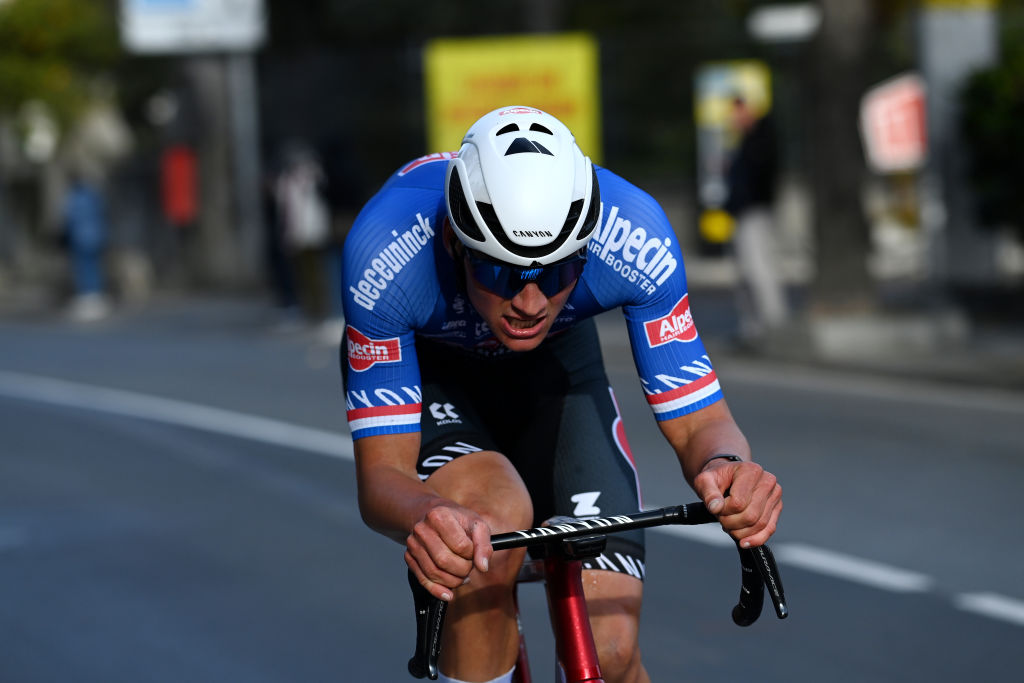
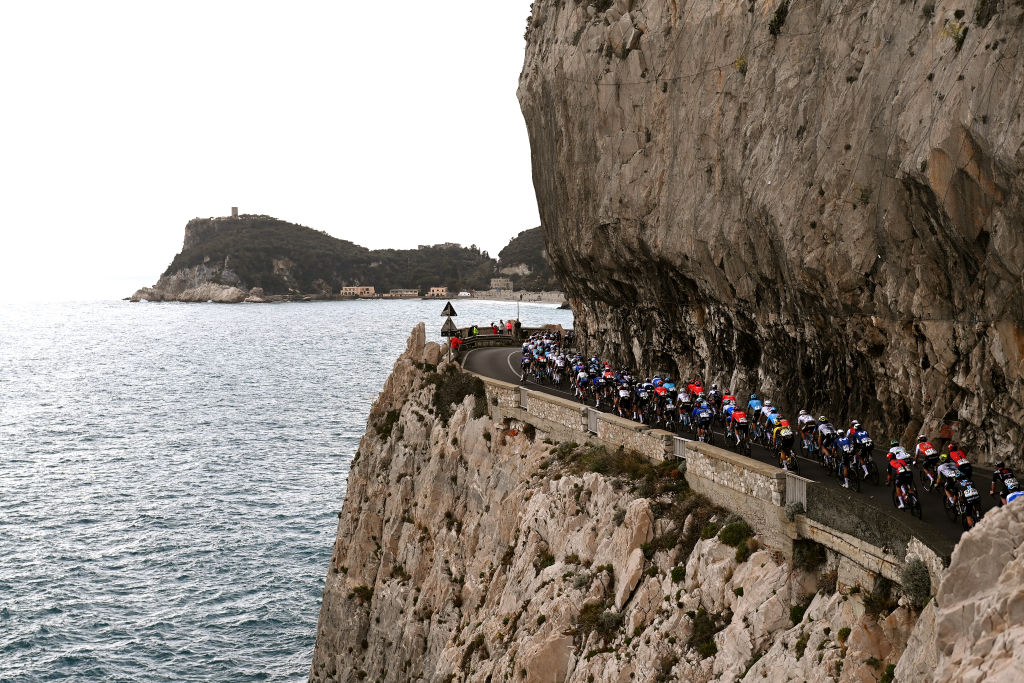
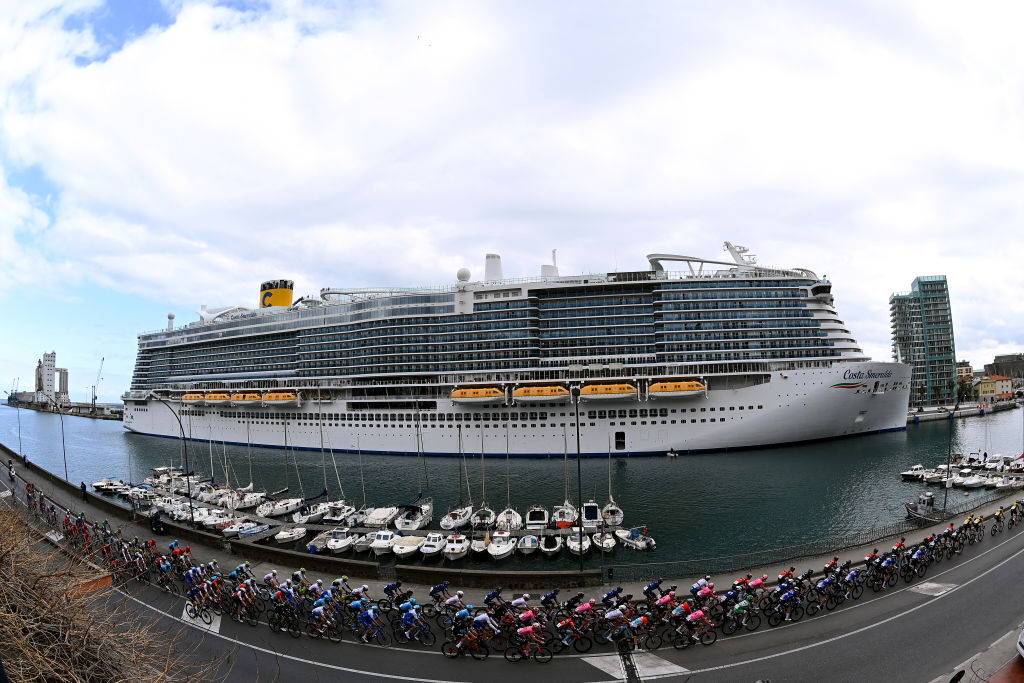
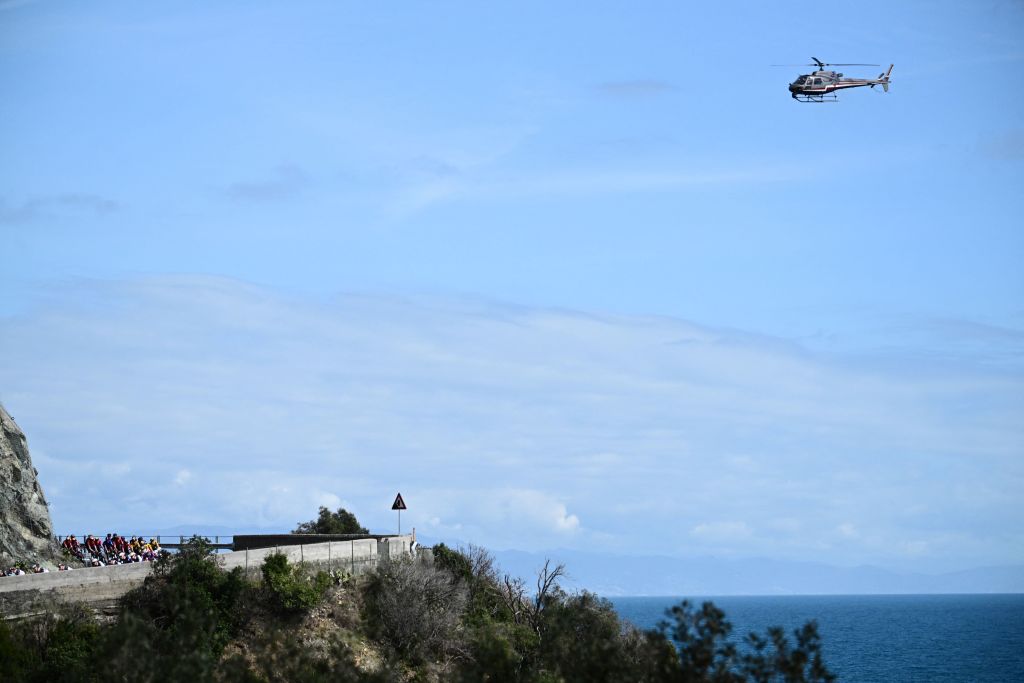
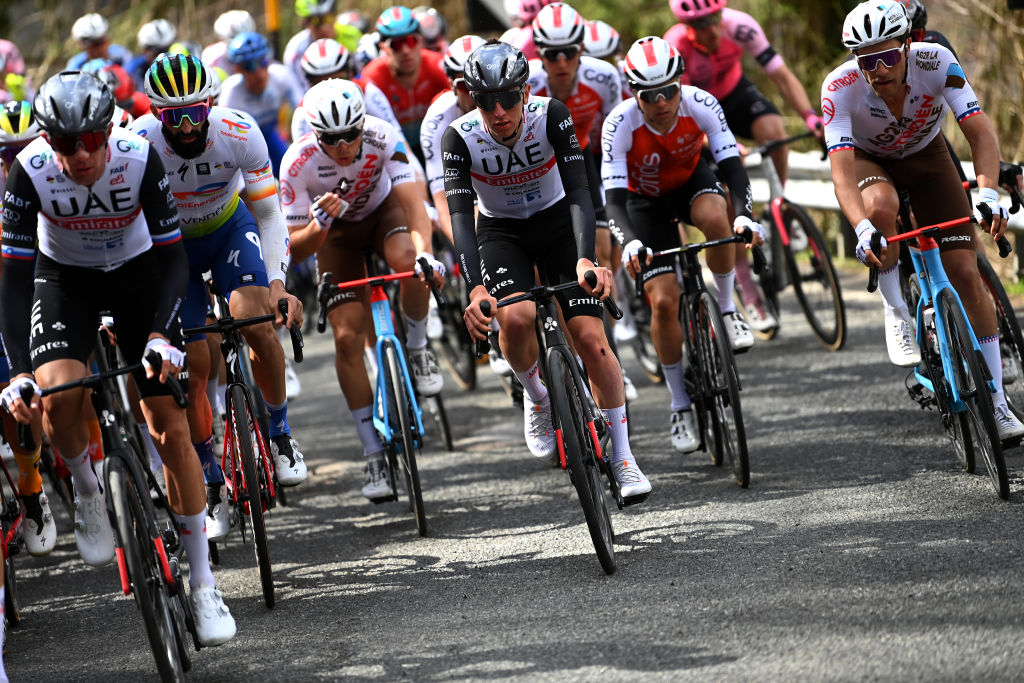
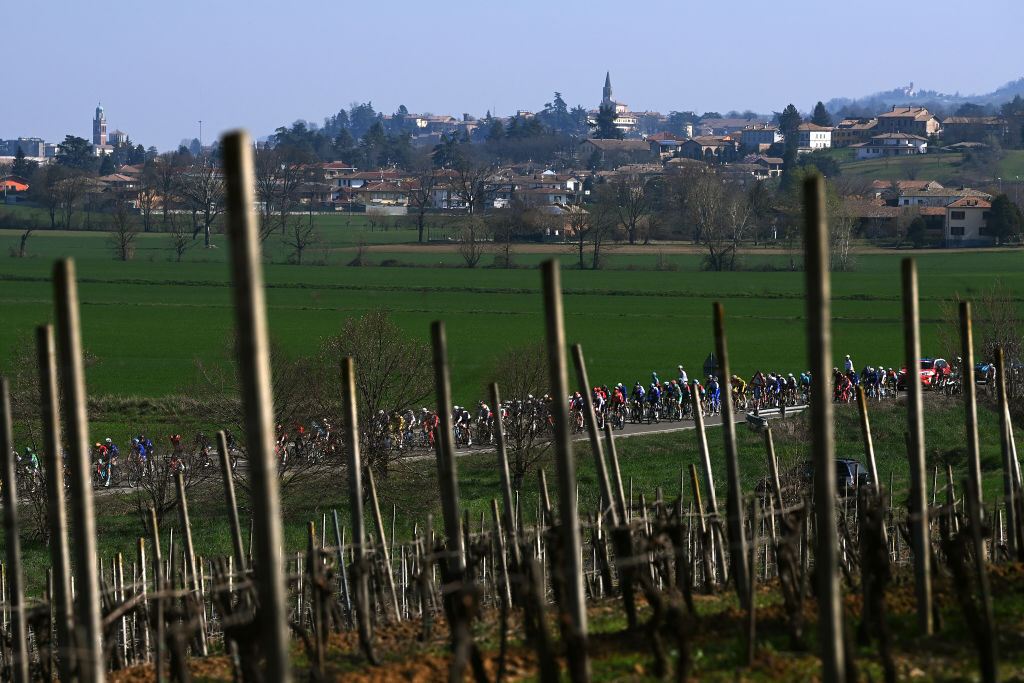
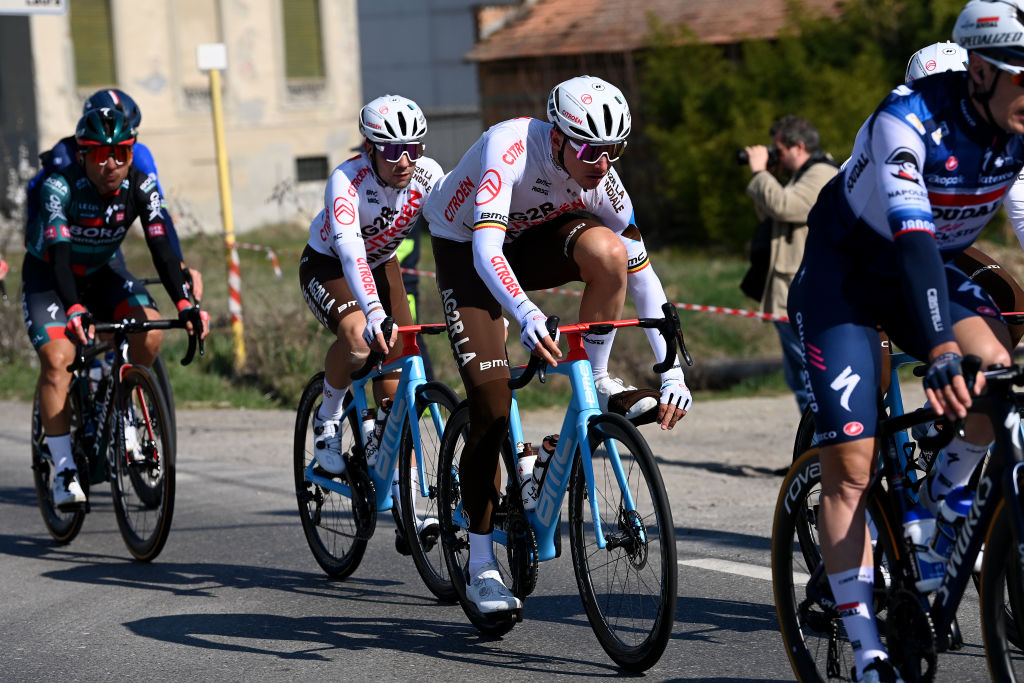
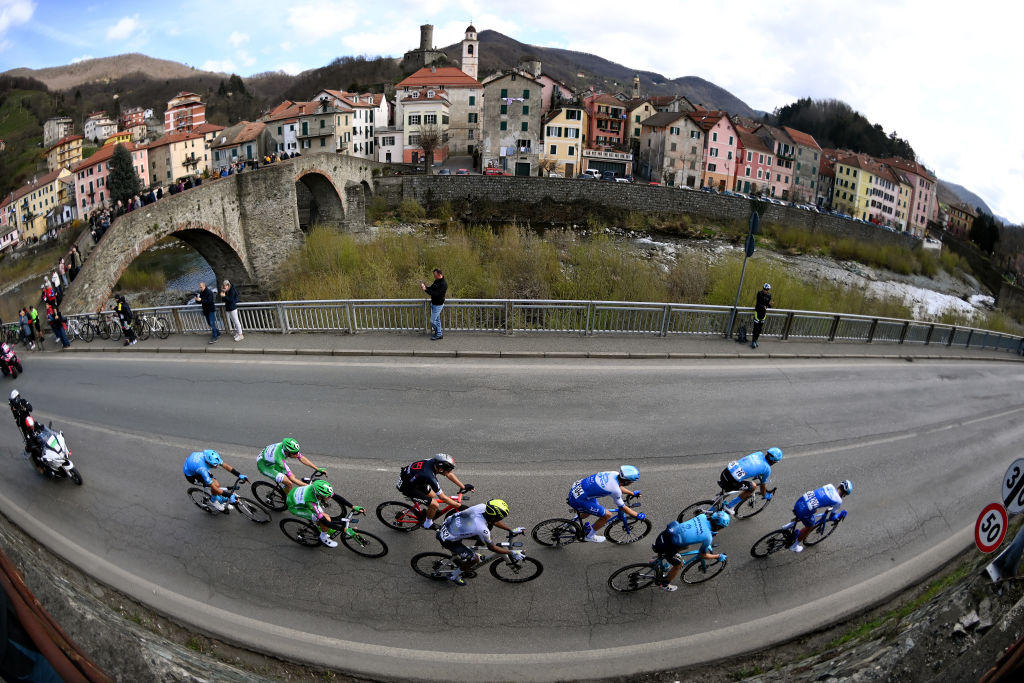
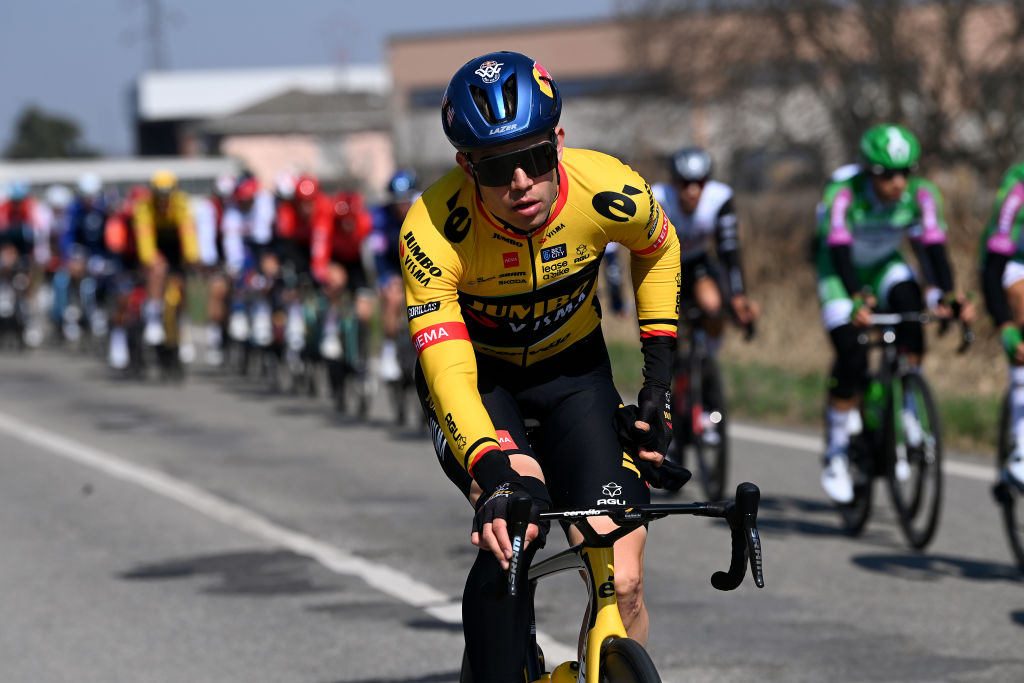
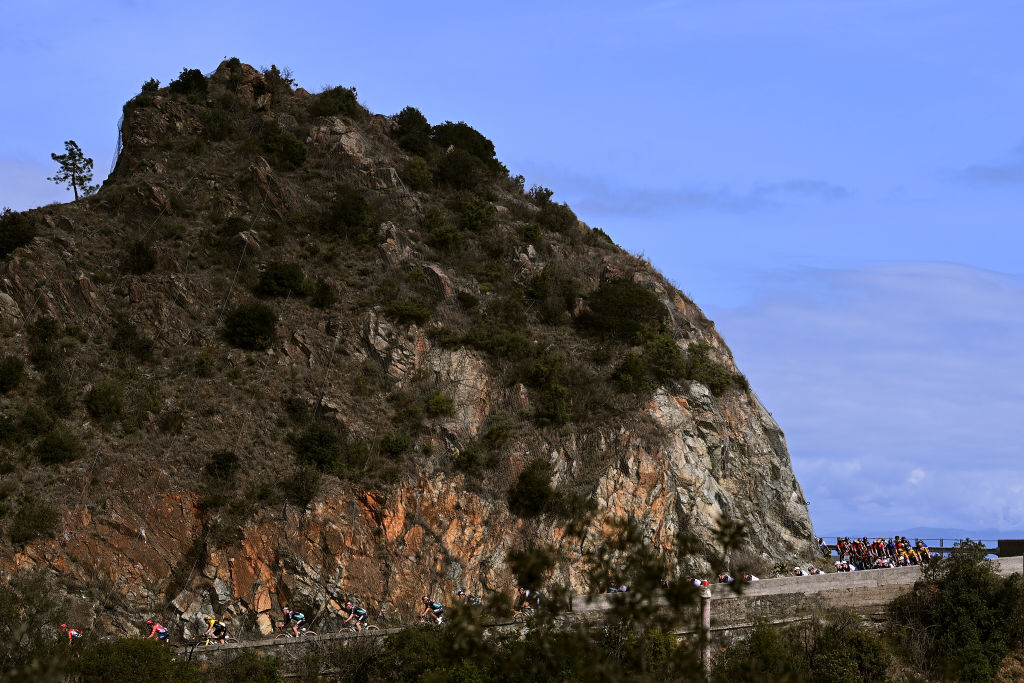
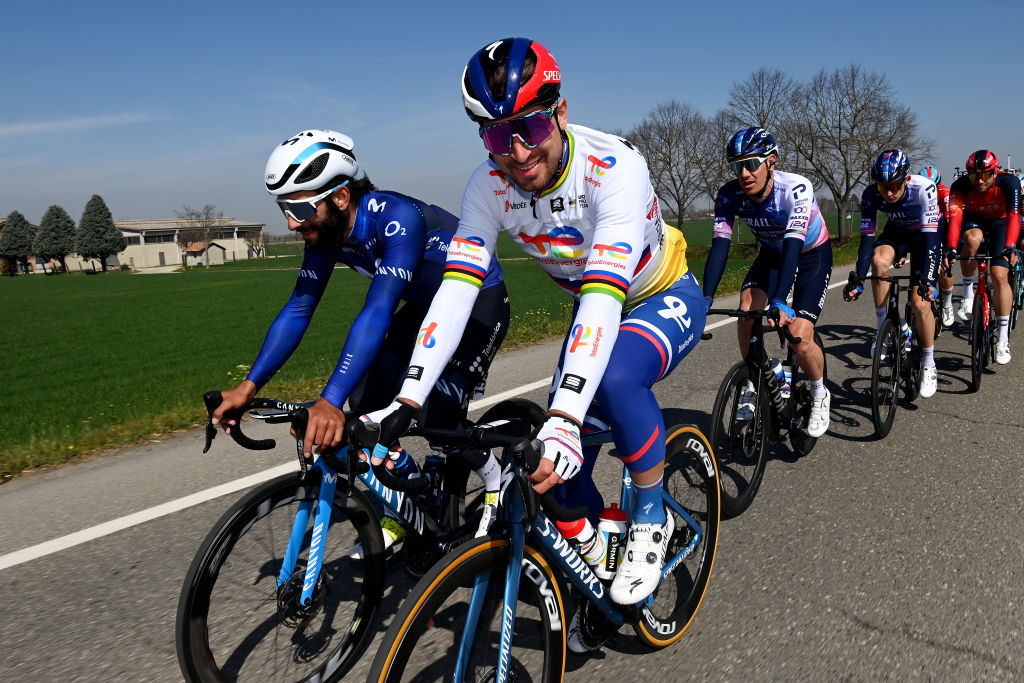
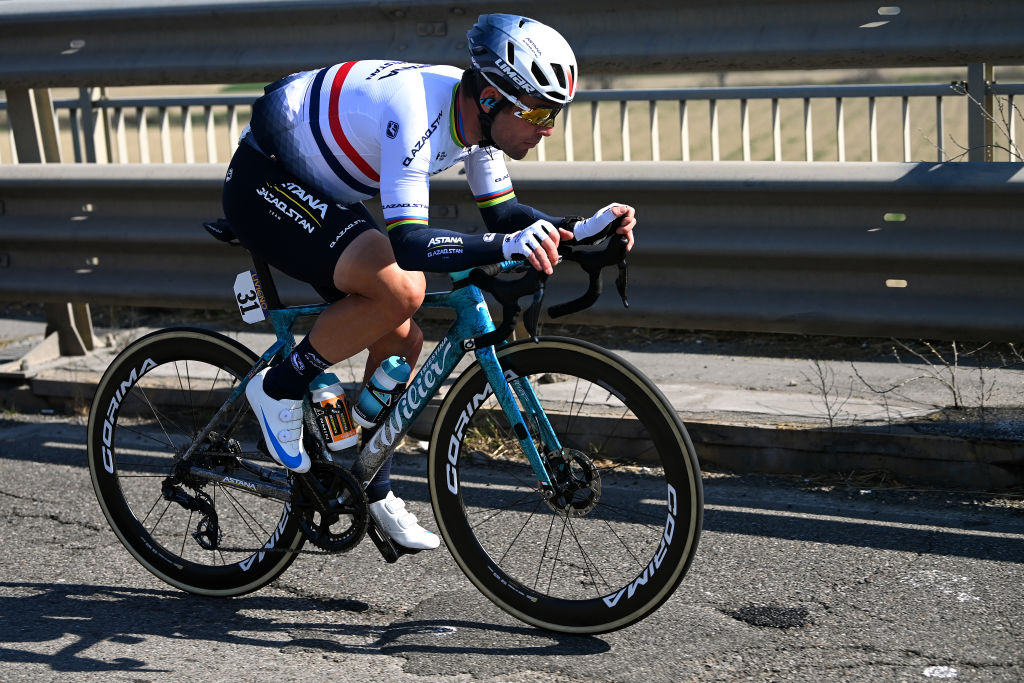
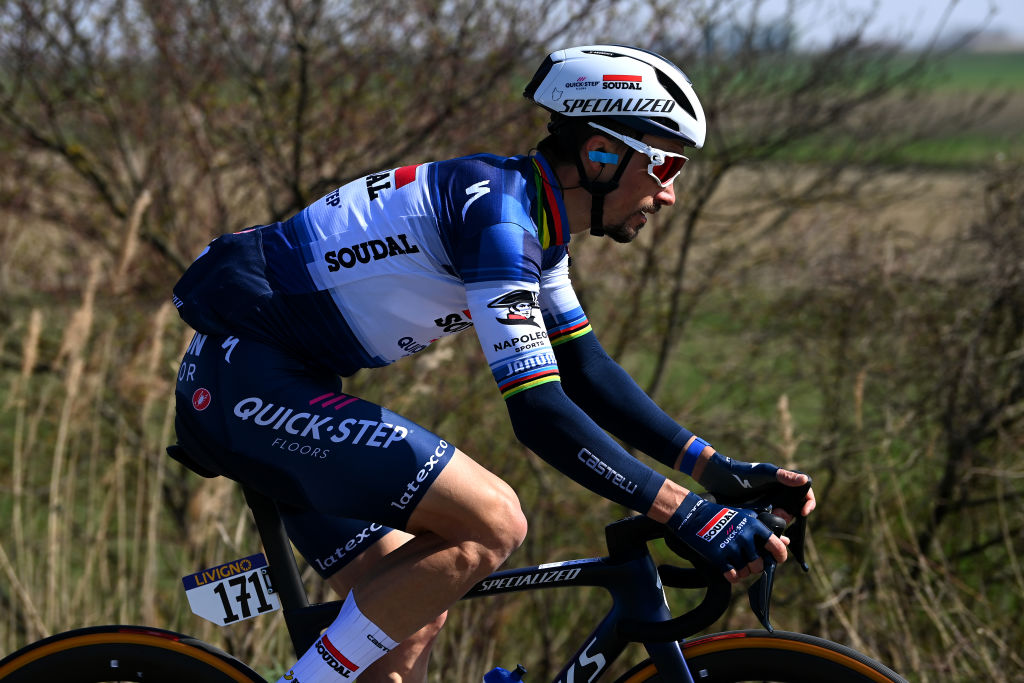
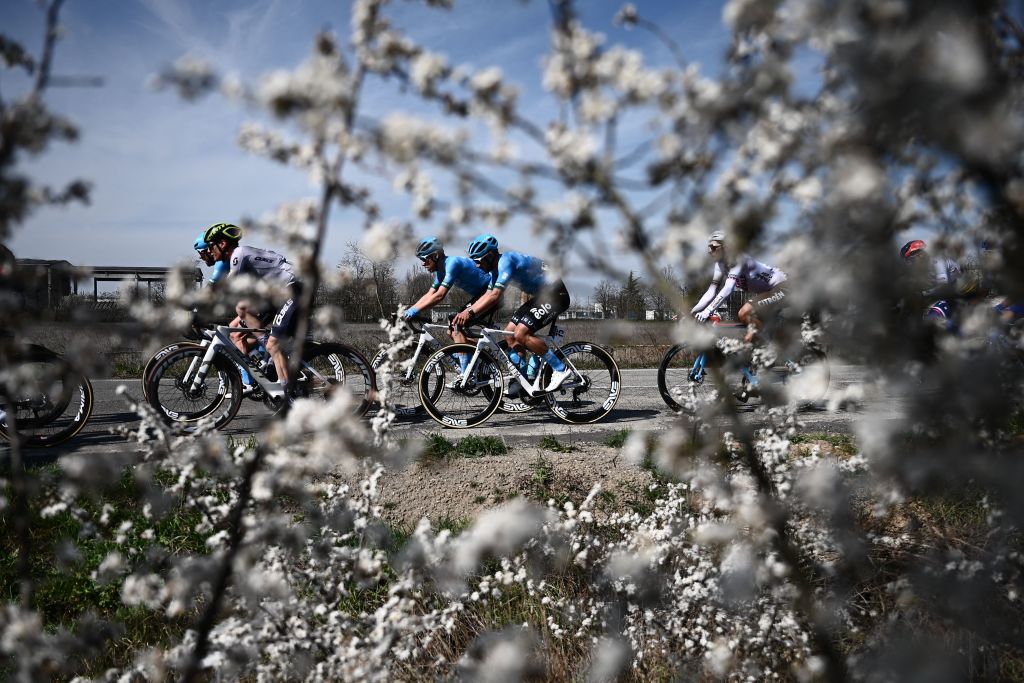
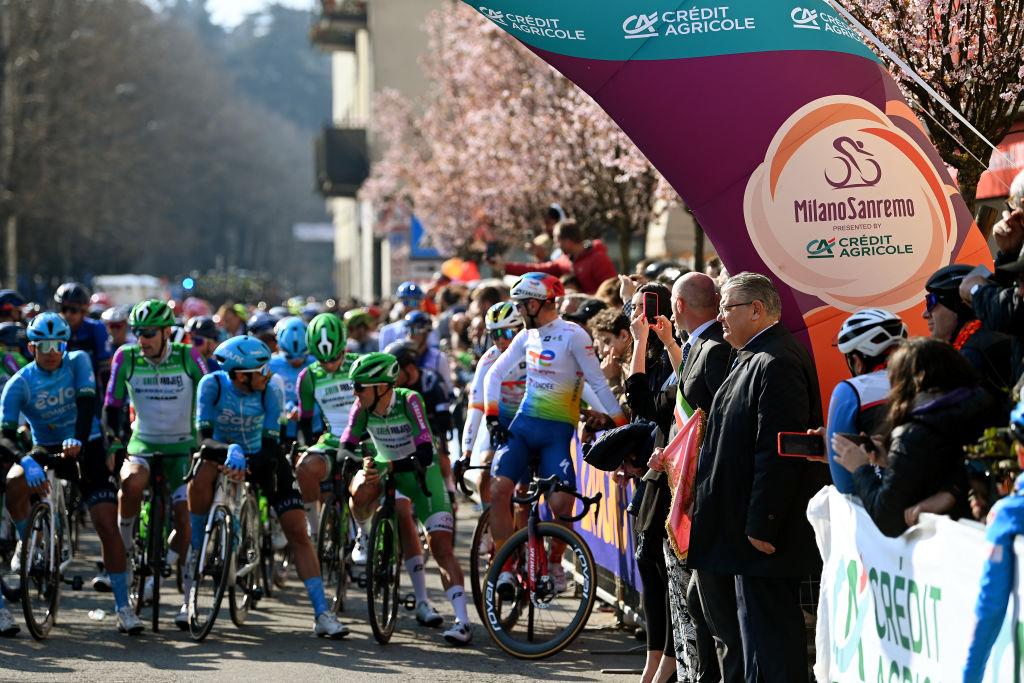
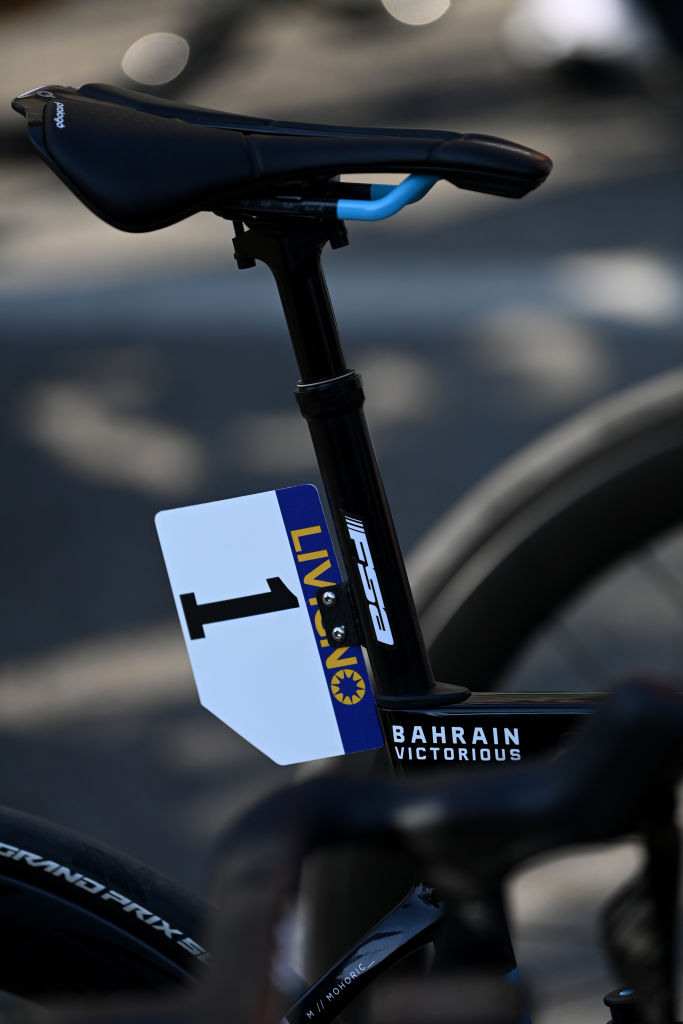
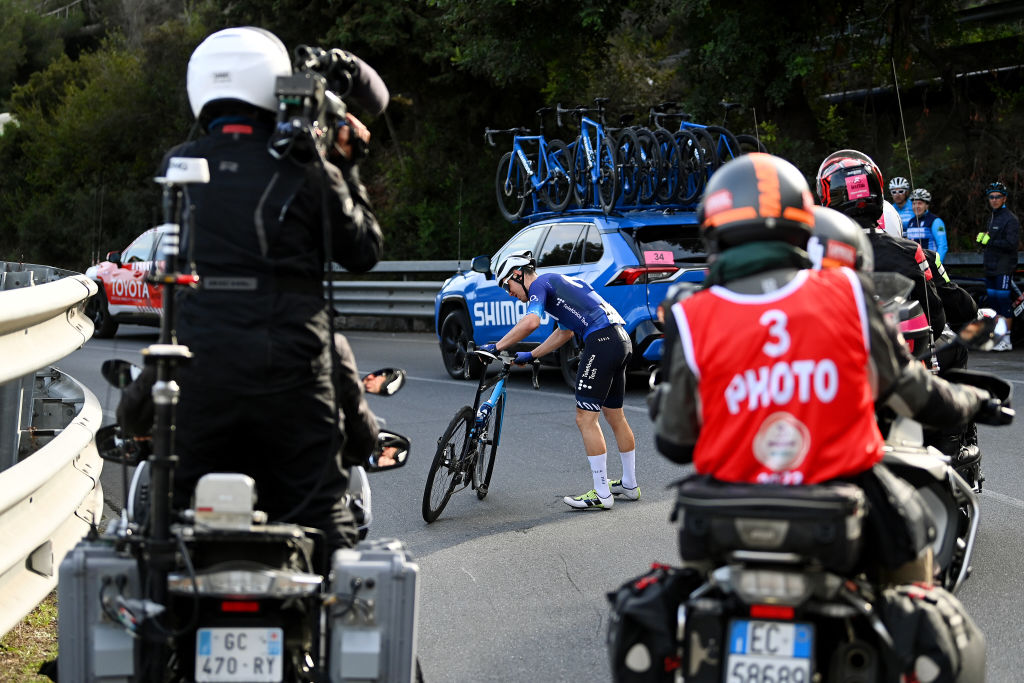
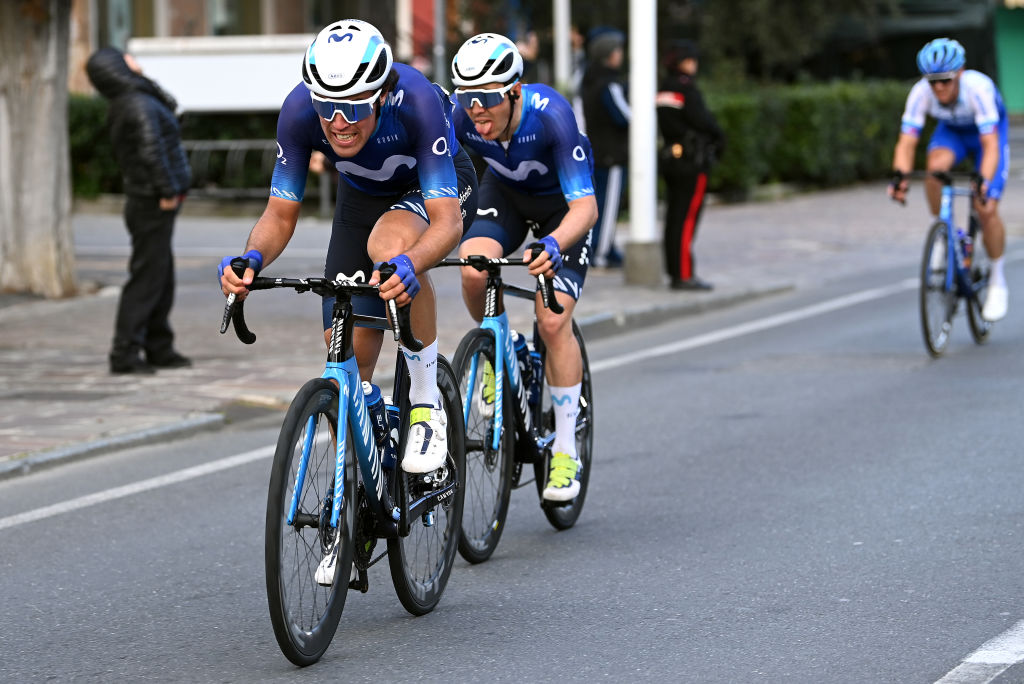
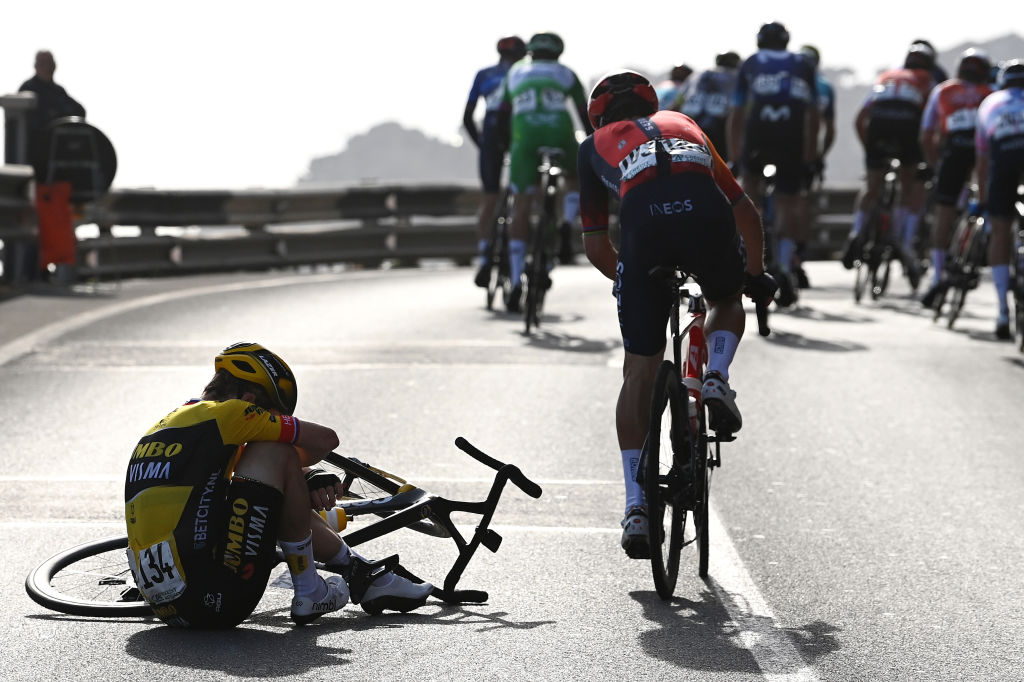
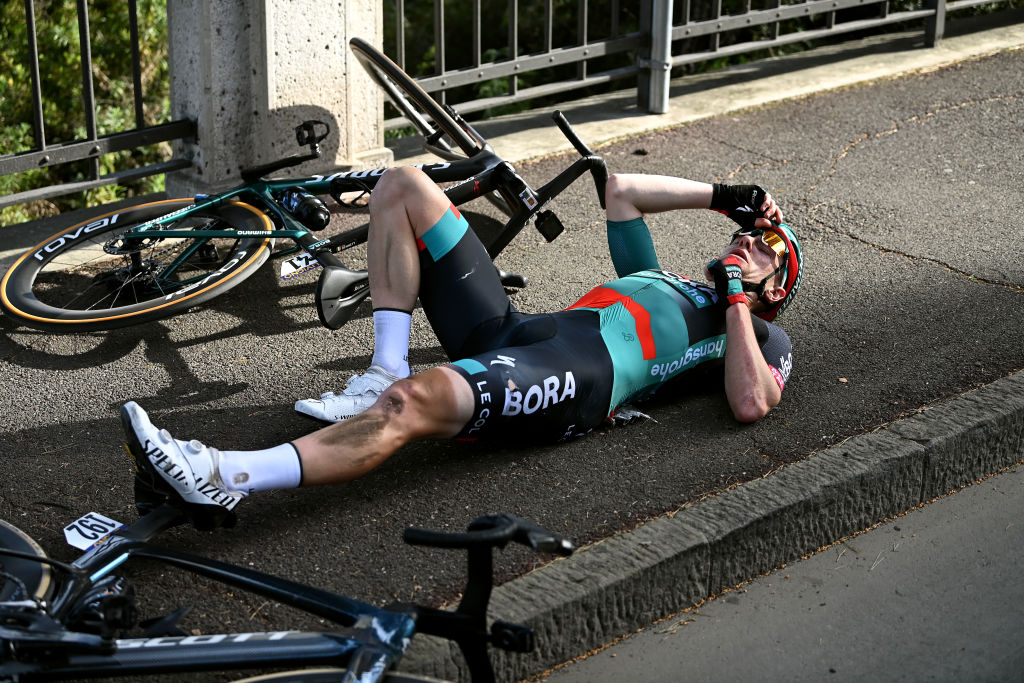
Mathieu van der Poel (Alpecin-Deceuninck) has taken a dramatic solo victory in Milan-San Remo, finishing ahead of Filippo Ganna (Ineos Grenadiers) and Wout van Aert (Jumbo-Visma).
After Tadej Pogačar (UAE Team Emirates) accelerated hard on the Poggio, Van der Poel blasted away over the summit for the third Monument victory of his career.
Van Aert tried hard to bridge the gap, but Van der Poel continued to power away ahead for his first win of the season.
The Dutchman claimed the victory 62 years after his grandfather Raymond Poulidor won the same race.
“I think everybody knew that this was a race that I really wanted to win. Also the team really wanted to win this one. I am really happy that I succeeded today,” Van der Poel said at the finish.
Having won the UCI Cyclocross World Championships, Van der Poel seemed to be off his game in Tirreno-Adriatico, with his one moment of inspiration when he piloted teammate Jasper Philipsen to victory in Foligno.
However, a third place last year in Milan-San Remo at his first race of 2022 proved to be the point where Van der Poel's difficult start to the season took a major uptick, as he then went on to win in Flanders. This time round, and even after his uneven performance in Tirreno, at San Remo he proved to be all but unstoppable.
Despite this being the second-fastest San Remo on record, the stiff tailwind and good weather finale saw no long-distance moves launched on the Cipressa, with the race instead boiling down to the Poggio.
For all Bahrain Victorious laid down a searing pace early on, UAE Team Emirates had already made their intentions clear with their prolonged acceleration on the Cipressa, and when Tim Wellens and Pogačar moved to the front of the peloton, the defining question of San Remo abruptly became who would be able to follow the UAE duo.
Once Wellens swung off just before the steepest mid-climb segment, Van Aert, Ganna and Van der Poel were all shadowing the Slovenian, yet it seemed briefly as if Pogačar would be able to go clear. Instead, almost at the summit of the Poggi, Van der Poel launched a kind of acceleration that brooks no answer.
“I felt already good on the Cipressa, and on Poggio as well. When I looked back, there was nobody else following, and I felt I had an attack in the legs. So I tried to time it perfectly and I managed to find a small gap,” he said later.
Discussing the final descent, he said “I didn’t take too many risks. I also knew that if they came back, I really had good legs to sprint for the victory as well. So it was a bit of a risk to attack alone, but when I came down my legs were still pretty OK to go to the finish line and I just tried to pace myself.”
Van Aert was probably the most effective on the descent at keeping the pursuit going in the trio of pursuers, but each time they took a corner on the descent, Van der Poel had opened up the gap a little further. Where he really made the difference, though, was in the final two kilometres, opening up a gap that briefly stayed steady at six seconds but which had opened up to 15 by the finish.
Ganna suddenly found a last reserve of strength to claim second ahead of the Belgian, a notable result for the Italian on home soil. But by then the victory was - in the context of a race like Milan-San Remo where results always turn on a knifeedge - long since gone.
For Van der Poel, his second big success of the season after the cyclocross Worlds also makes him the first Dutchman to win San Remo since Hennie Kuiper in 1985. And it also leaves the Alpecin-Deceuninck racer in pole position for the upcoming Classics and his title defence of Flanders in just over two weeks’ time.
How it unfolded
The riders faced an extra-early wake-up to travel to Abbiategrasso for the start of the 2023 Milan-San Remo but were happy to see blue skies and feel the spring air on their legs as they signed on.
The official start outside of Abbiategrasso wes delayed for two minutes as the race organisers ensured Tadej Pogačar was back in the peloton after an early crash. He apparently rolled onto the roadside grass and was not hurt, even accepting to pose for a selfie with an enthusiastic Italian fan.
When the race started, the attacks to get into the early break came quick and fast. Mirco Maestri (Eolo-Kometa) and Alessandro Tonelli (Green Project-Bardiani-CSF-Faizané) were the first to get away and they were soon joined by Samuele Zoccarato (Green Project-Bardiani CSF-Faizané); Alexandre Balmer and Jan Maas (Jayco AIUIa); Samuele Rivi (Eolo-Kometa); Alois Charrin (Tudor Pro Cycling); Negasi Haylu Abreha (Q36.5) and Aleksandr Riabushenko (Astana Qazaqstan).
Some of the big-team domestiques were unsure to let them go and briefly chased but after 25 km on the Lombardy plain, the nine-rider break of the day was away.
However the peloton refused to let the gap grow too much, aware that the tailwind on the coast would help the break and hinder their chase. Jos van Emden (Jumbo-Visma), Silvan Dillier (Alpecin-Deceuninck), Jacopo Mosca (Trek-Segafredo) and Alessandro Covi (UAE Team Emirates) swapped turn on the front, lining out the peloton and making sure the gap to the break never grew above three minutes.
All the team leaders stayed protected and relaxed on the wheels, for the long ride to the coast and then to San Remo.
The pace in the peloton rose on the upper slopes of the Passo Turchino, with UAE Team Emirates careful to protect Pogačar near the front. A touch of wheels sparked a crash near the summit, with Julian Alaphilippe involved and needing a bike change.
He went over the summit off the back as Trek-Segafredo lead the peloton on the descent, but had fun on the fast descent, diving between the team cars to rejoin the peloton.
Temperatures touched 15 Celsius as the riders hit the Mediterranean coast with 130 km to race. The nine attackers pushed on as many in the peloton took a natural break and loaded up with more food and bidons.
With 90km to race, after the photograph spot along the coastline, the expected tailwind began to blow and increased in intensity. The tension in the peloton also rose. Van Emden continued to work hard on the front, pegging the break to just 1:30.
With 60km to go, Milan-San Remo began its gradual metamorphosis from sleeping beauty to a white-knuckle ride. Ineos Grenadiers, EF Education-EasyPost, Jayco AIUIa and Lotto-Dstny all began to position themselves up front, sparking a rise in speed. The capi climbs were coming and it was almost time to race hard.
With 51 km to go, Van Emden eased on the Capo Mele climb. The break was at 1 minute and under control. His job was done.
After so long on flat roads and in big gears, the capi climbs hurt the break, the gradient and gravity biting into their tired legs. The peloton was spread across the road at speed, teams lined out vertically, protecting their leaders from the gusts of wind blowing from their left. They rode over the coastal climb if they didn’t exist, letting the break hang out front but on a short rein of 1:00.
Yet the racing began to hurt. On the Capo Berta, the hardest of the three, the break began to fall apart. Others fell out of the back of the peloton, including Mark Cavendish (Astana Qazaqstan) and a number of domestiques who had worked hard.
Just as on the Turchino, Trek-Segafredo led the peloton on the descent of the Capo Berta. There were still five riders left in the break but the gap was only 30 seconds.
The peloton was squeezed into the narrow road that cuts through Imperia with 35 km to go. Positioning here is always vital as the speed rises and the Cipressa comes quickly.
With under 32km to go as chasers completed the descent of Berta climb, several riders crashed hard. Sam Bennett and his Bora-Hansgrohe teammate Cesare Benedetti went down, as well as DSM riders Matt Dinham and Pavel Bittner. Former San Remo winner Michal Kwiatkowski (Ineos Grenadiers) was caught behind the crash and had to work to get back to teammates.
Ten kilometres later, the leaders were still together over the top of the Cipressa and Ineos Grenadiers powered to the front of the chase bunch in a ferocious fight for position.
Bahrain Victorious then chased down a brief attack by Nils Politt (Bora Hansgrohe, but when the moves went on the Poggio with Pogačar and then Van der Poel, last year’s winner Mohoric was unable to follow.
“I didn’t have the legs I needed to get across,” he said later. But Van der Poel’s subsequent move, in any case, was of the type that seemed all but unmatchable - and so it proved.
Results powered by FirstCycling
Get The Leadout Newsletter
The latest race content, interviews, features, reviews and expert buying guides, direct to your inbox!
Alasdair Fotheringham has been reporting on cycling since 1991. He has covered every Tour de France since 1992 bar one, as well as numerous other bike races of all shapes and sizes, ranging from the Olympic Games in 2008 to the now sadly defunct Subida a Urkiola hill climb in Spain. As well as working for Cyclingnews, he has also written for The Independent, The Guardian, ProCycling, The Express and Reuters.
Latest on Cyclingnews
-
Van der Poel and Philipsen fight back from illness and injury to bid for third Alpecin-Deceuninck Paris-Roubaix win
Pair have finished one-two at both previous editions of the Hell of the North -
Gallery: Tadej Pogačar's bike setup for his first ever Paris-Roubaix
Plus some bonus hacks from the UAE Team Emirates-XRG recon ride -
What Tadej Pogačar's final Paris-Roubaix recon reveals about possible team strategy
'I think he can win it,' UAE Team Emirates DS Fabio Baldato says after riders test tactics and tyres -
Lotte Kopecky: 'A pressure has fallen off' for Paris-Roubaix after Tour of Flanders win
World Champion is aiming to become the first woman to do the Flanders-Roubaix double on Saturday

